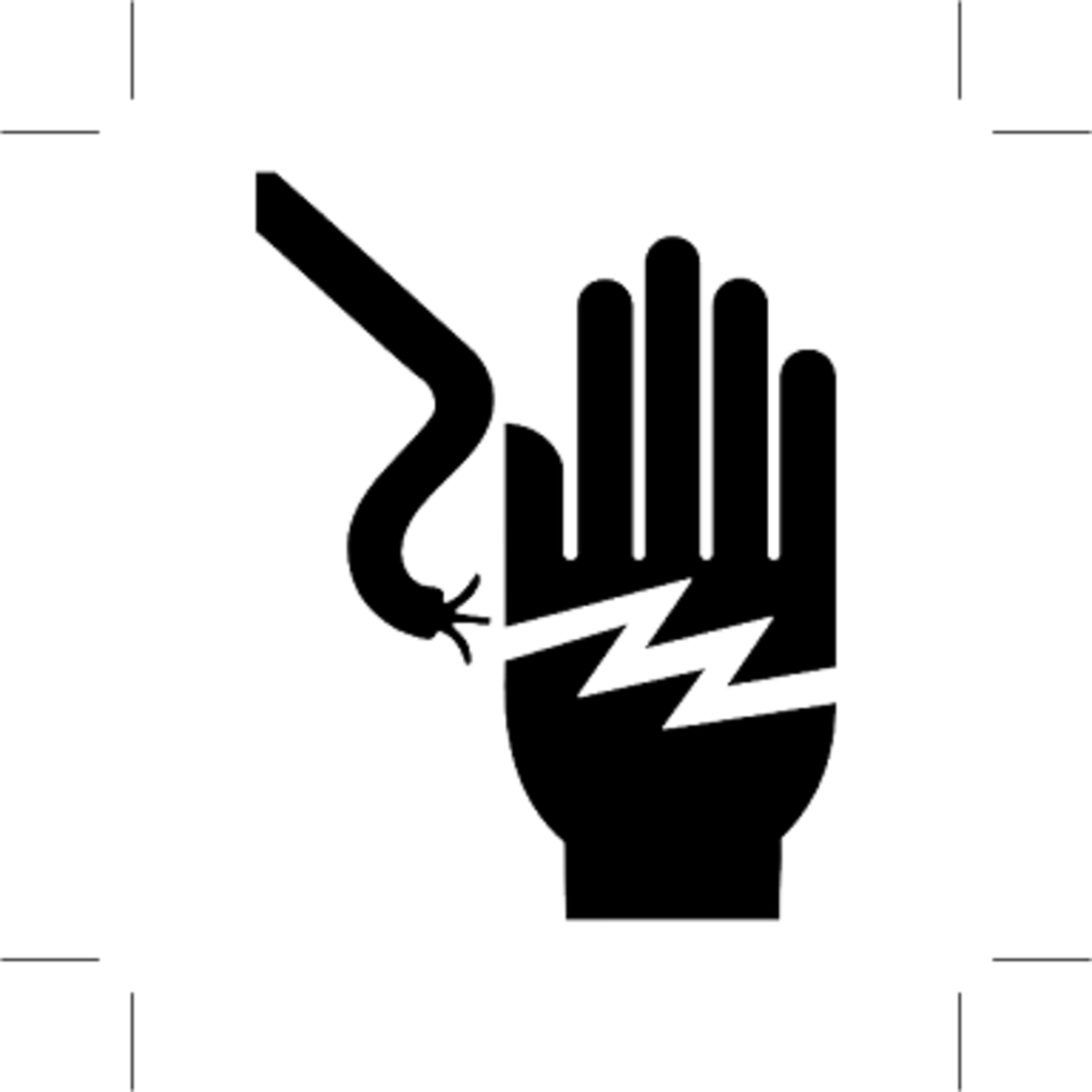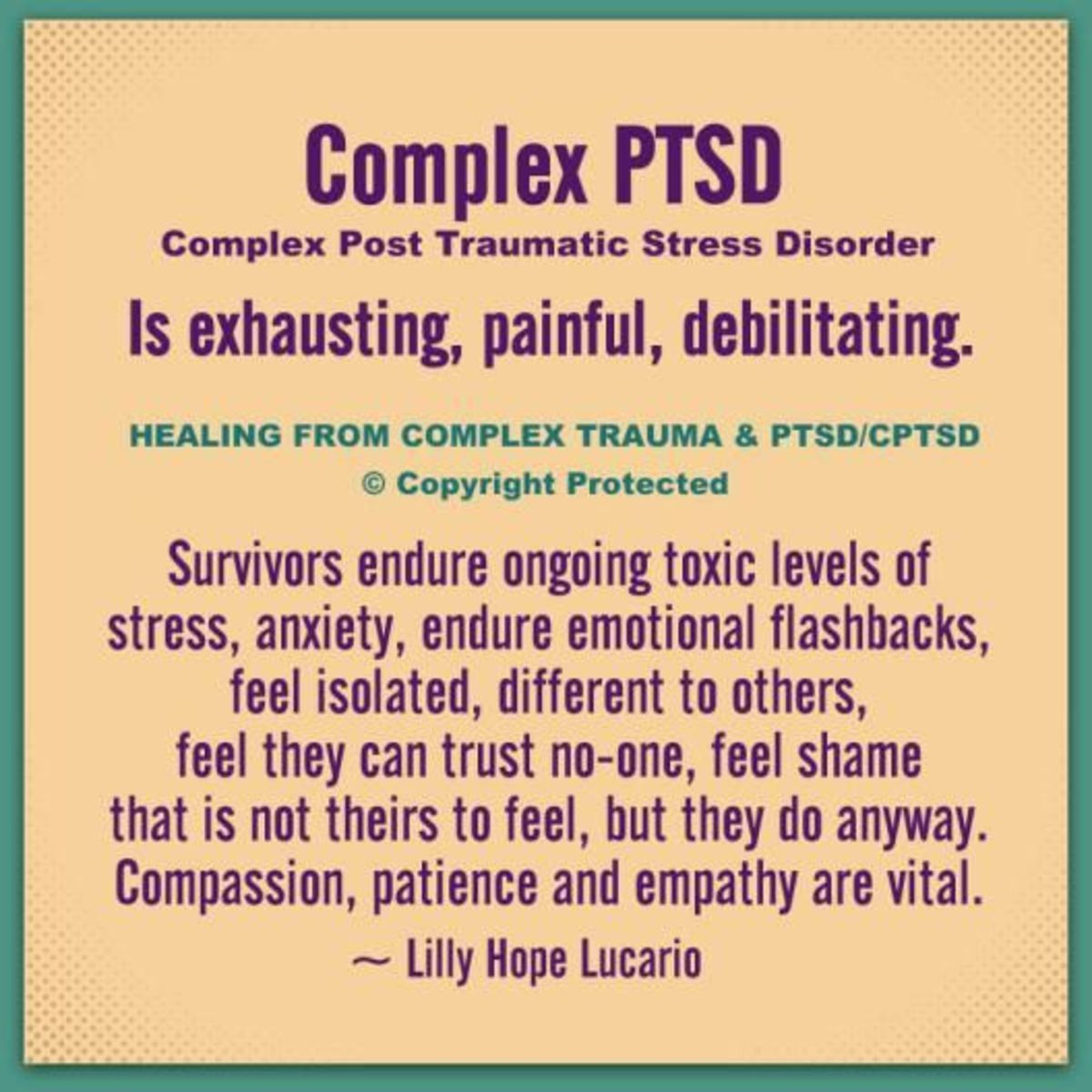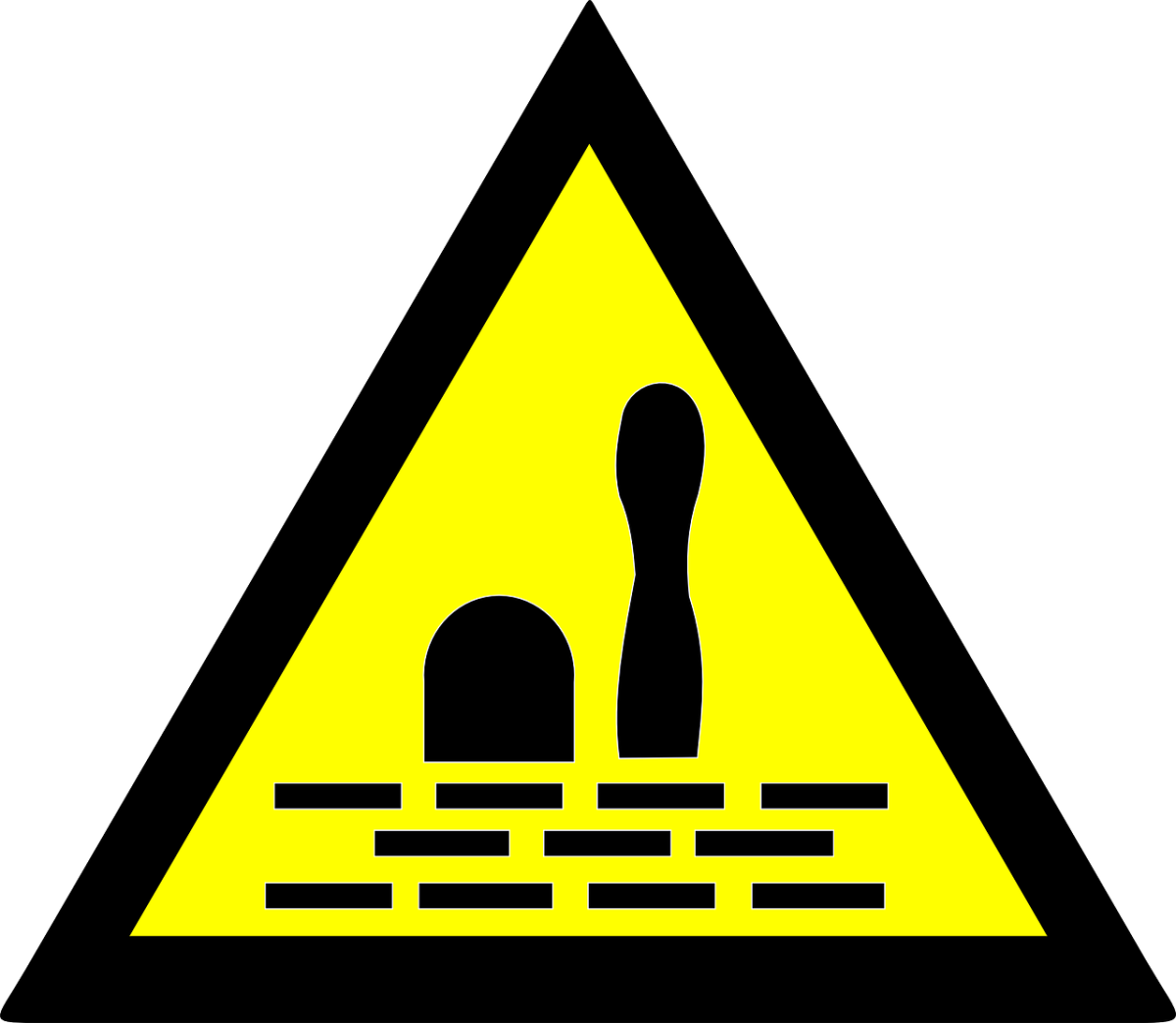10 Things You Can Do to Beat Anxiety and Panic
How It Starts....
Symptoms of Anxiety Disorders such as Generalized Anxiety Disorder, Obsessive Compulsive Disorder and Panic Disorder usually hit a person out of the blue, although the root-cause of the problem may be older, such as a familial tendency, a long history of suppressed emotions, a chronically tough life situation, a sense of helplessness of long standing, a chemical imbalance of the neurotransmitters etc etc.
Whether the biochemical disturbance causes anxiety or it's the other way round is, at best, debatable, but both environmental and biological factors are eventually responsible for anxiety to convert into one of its more virulent forms.

How it feels...
Anyone who has suffered a panic attack or has lived in a cloud of generalized form of high anxiety knows the sheer helplessness and the overwhelming dread that drowns everything else until the fear of another such episode becomes a constant companion. The depression that follows suit is only natural since the quality of life is severely affected. Living with fear is not easy, and that's an understatement. If you are someone living through an anxiety disorder, you are a brave person. After all mustering the resolve to go through articles on the topic, and deciding to try to beat the horror takes more courage than the average human being can come up with. So, salutes to you...you have my respect and best wishes.
Coming to the point, what can be done to climb out of the pit?
The answer is in perseverance and persistence. There are of course ways out of anxiety and panic and depression, but you can't run on those paths. You walk. And it takes a little time. Sometimes more than a little, but if you don't lose hope and keep walking resolutely, I promise you will come out. And come out stronger than ever before!
1. Professional Help: Psychiatrists vs Psychologists
The first and most important thing you need to do is get professional help. There are medications and therapies available that work wonders. Most people are confused, once they have made the decision to seek help, about whether psychotherapy is better or medication? I'd say both in a combination work best, at least initially, when the basis of chronic worrying and fear isn't very clear. The medication helps keep the symptoms at bay, while your therapists works with you to find the cause and resolve the conflict. Once a diagnosis is established and the pathology has become apparent, you might want to discontinue one of the modalities with your doctor's and therapist's help. Some, who have obvious psychological reasons for developing anxiety will find therapy alone enough. Others, who have a predominant biochemical or familial factor in the development of the disorder may stick with only the medication. And still there are others who may need both. The important thing is, you have to pull yourself up and go for it. It's difficult to do that, I know, but it's absolutely vital that you do it. Prepare yourself a bit, toy with the idea, call and make an appointment with the professionals yourself and show up for it. This is the first step to feeling better, once you have taken it, you'll know what i mean!
2. Baseline Data Collection
This is a very helpful tool for gaining insight into your pattern of thinking. Once you have this data you can bring it to your therapist's office to assist with effective assessment and management of your mental processes. All you need is a pencil and a small notebook that you can carry in your pocket or hand bag. Go about your business as usual, but every thirty minutes or so, take a pause and catch your thought, take a look at what you are thinking and note it down. You become the observer of your own mind. The best by-product of this exercise is the profound knowledge you discover: that you are in control, the mind belongs to you, it's a tool that you use and that it can not be your master.
3. Thought Modification
Now that you know a bit about your fears and pet worries, you can start working on them. Firstly do NOT avoid the thought of a negative thought. Instead, face it and modify it to a positive one. For example, if your usual thought is "oh God! I am going to faint now", change it to "I am feeling faint but i know it's just anxiety" and so on. You'll start believing what you are saying to yourself soon.
Remember, you are not losing your mind. Something is causing your symptoms, and that something can be handled. Nothing is stronger than you, and your mind is going to be tamed once you decide to tame it.
4. The Dark Cloud
Treat your anxiety/panic as something transient; that can't last forever. Because it can't. It's like a dark cloud that obscures the sun for some time but eventually has to give way to sunshine. Like the dark clouds, it isn't under your control. And like a cloudy day, you can cope with it. Easier said than done, you might argue, and I know it is. But like everything worth it's salt, changing your mental habits take time, patience, courage and persistent practice. While practicing it, you'll notice that on certain days it's easier to achieve a positive and hopeful attitude than others, and that's perfectly normal. It's part of the path, it's part of the training you've chosen for your mind.
5. Discipline, Schedules and To-Do Lists
Bringing some order into your life is always advisable, but it becomes absolutely essential when your mind is trying to scare you into becoming lazy and messy. Make a schedule for yourself and stick to it. Organize your day into compartments and make a list of things-to-do, then do them, no matter what. Set daily goals for yourself. Start with little things like, cleaning your shelves, or airing the cupboards, or taking a walk in the nearby park. Then move on to the bigger goals. This way you'd be respecting your limitations. You'd be molding your mental processes, steering your thoughts in the right direction, without being nasty to them. After all, the mind is a part of you. You don't want to hurt your own self!
6. Coping Strategies
Even with medication and counseling you are going to run into a bad day sometimes, so what can you do to cope with anxiety and panic attacks while they are happening? A good technique is that; in addition to treating the episode like a dark cloud, you can create some powerful coping statements. For instance: "I am in charge here, this is just a mental sneeze!" " I am going to overcome this soon" "nothing scares me, this too shall pass" "I am panicking a bit, and this isn't unusual, but i am working on it!" etc etc. Be creative, be assertive with your mind. Not arrogant or aggressive, just firm. And your mind will learn to behave in due course of time.
7. Lifestyle Modification
That's right, not only you will have to modify your thought pattern, but also your way of life! Now, don't panic. Just a little nipping here and there and you'd be good. First and foremost, don't give yourself time to brood and imagine worrisome situations, since all you end up doing is exaggerating the possibility of disaster in your head, and underestimating your ability to control the situation. Both are malfunctioning processes. So the less time you have on your hands for that, the better. So do something with your time. Find a hobby. Socialize. Study.
Secondly exercise a bit regularly. Even if for 15 minutes. Schedule it and do it.Avoid alcohol-containing beverages, nicotine and drugs. All substance abuse is associated with an increased level of anxiety. Coffee isn't a good idea either as it also causes increased excitability, and your nerves don't need any more excitement just yet! Start sampling green tea and other relaxing herbal teas and fruit juices. This change will go a long way in helping you overcome your somatic symptoms.
Eat a lot of fiber, get a prescription of a gastric prokinetic agent if you suffer from indigestion due to anxiety and panic. And get enough sleep each night.
8. Resolve Your Conflicts
Working with yourself, you'll find out a few things that are blocking your system, so to speak. Enroll yourself in an Anger Management class if accumulated anger and resentment is one of the causes of your troubles. Improve your intimate relationships with better communication and a positive outlook, if possible. If your situation is more complicated eg domestic violence, incest, rape, divorce, death of a spouse or a child, you still need to come to terms with your fears and realistically deal with them. So reach out and enlist as many friends and relatives for help as you can, candidly tell them about your situation and ask for their support. You'll get it.
Every problem has a solution. And that has to be your mantra. At times when dealing with the real becomes too painful, we avoid it by finding imaginary situations to worry about and get scared of. Know this, and you'll find a wellspring of strength within yourself.
Your real problems have to be solved and for that you will have to come out of your current mindset and neurosis.
9. Meditation and Relaxation Techniques
Meditation is the best re-discovery of our times, there is nothing more beautiful than finding peace in the feeling of nothingness and oneness with everything. It takes time and patience to glide smoothly in and out of meditation, but even the initial steps have their own benefits.
You can start with some relaxation exercises and methods, like, deep muscle relaxation and mindfulness techniques (the practice of being totally present in the moment and noticing each sight, sound, smell, texture and your feeling associated with it.) Your therapist can also be your guru through these exercises. Or you may prefer finding a yoga class for your relaxation, meditation and exercise.
10. Visualization Techniques
Visualizing the solutions to your problems is an excellent method to get over your fears, as the dreaded situation has already been rehearsed many times in your mind. This technique is called Systematic Desensitization and it works like a charm when worked.
You can also make a visual in your imagination about Anxiety and Panic. For instance, you might imagine yourself in a jungle and each time you complete a step towards recovery, you visualize it as paving a path through the forest. Imagine and visualize whatever works best for you and spend a few minutes each day playing the video you have produced, directed and starred in!
Whatever you do, just keep the faith. Know and believe that you are going to come out of Anxiety and Panic, stronger and more resilient than ever.
Wanna know more???
- How To Say "No" When You Want To Say "No"
Ever thought about what is the one word that causes you to cringe the most, when you have to say it? Yes, its NO!!!! Saying NO is probably the most difficult thing to do, even when you want to, or have to.... - Systematic Desensitization: A "How-To" Guide
Systematic Desensitization is a technique employed in Psychotherapy to treat Phobias and Anxiety and related disorders e.g Social Anxiety and phobia, Generalized Anxiety Disorder, Panic Disorder, Panic... - Heartache: How to Mend a Broken Heart
Amy doesn't show up at work. Calls in sick and becomes incommunicado. Colleagues and friends are worried as it seems out of character for Amy to lose touch like this. Amy doesn't want to open her eyes and... - How to Manage Your Anger Effectively
Do you suffer from frequent bouts of uncontrolled anger? Get red in the face every time someone overtakes you on the road? Fist your hands into tight balls when your spouse or child challenges you? Feel...



